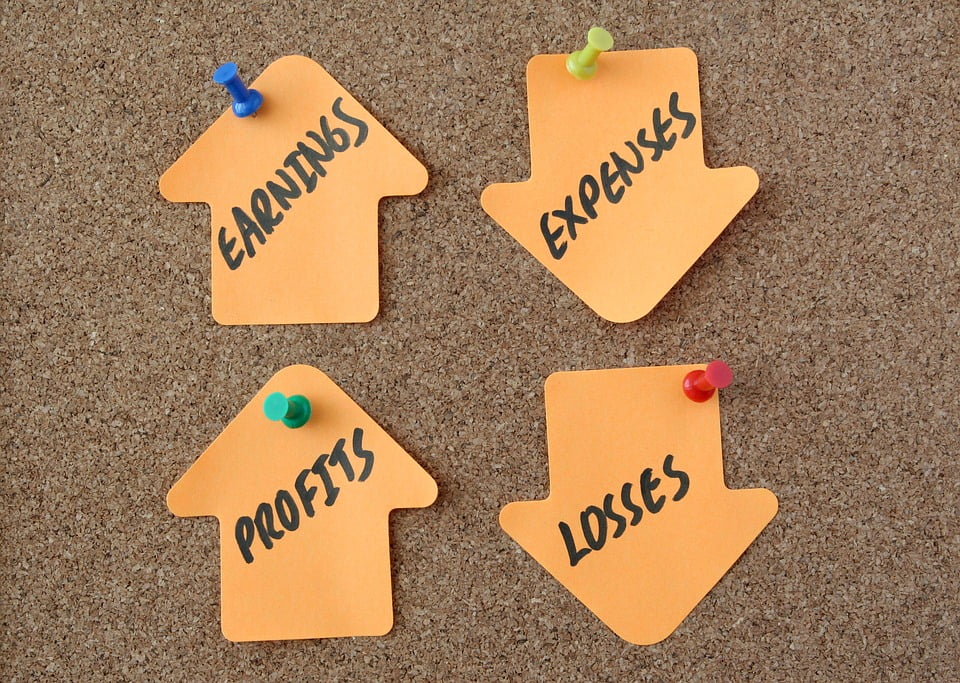A Value Proposition: Managing Costs with ERP
I read a great blog post regarding the Value Proposition of seat belts. Seat Belts! Who would think that seat belts needed a marketing plan? Then again, I can remember riding in my Dad’s old Chevy pickup when I was a kid – and I’m fairly certain the thing didn’t even HAVE seat belts. However, if we can all collectively remember the last 10 years or so, we have to admit that the use of seat belts has been increasing through awareness campaigns and the enactment of seat belt laws.
Statistics show seat belt use increasing across theUS, and I’m happy to be counted in that number. A few months ago, on the way to my youngest son’s birthday dinner, I became intimately involved with a guardrail along the Interstate. Long story short: I’m glad I had my seat belt on!
It’s funny how we don’t think about the importance of such things until something brings them to our attention.
Recently, I got to thinking, “What other things do we use that we rarely think of in terms of Value Proposition? Of course! Managing costs with ERP!”
THE BASICS
A value proposition is a clear statement of the tangible results a customer gets from using products or services; results that speak to critical issues being faced. That being said, what kind of tangible results do we see in ERP?
In the download of the latest “2008 ERP in Manufacturing Benchmark Report” from the Aberdeen Group , the responses of over 1200 manufacturers are reflected. Below we see an overview of the three major types of ERP End-User Companies: Best in Class, Average, and the Laggards (the ones that are not keeping up with latest software releases and/or technology).
Let’s look at a few of these items:
DECREASED COSTS
Using ERP to track costs is like using the seat belt in your car. It’s a tedious thing that we have to remember to do, but if we ignore the tools, we are destined to fail.
If we just take the set of figures from the Average companies in the Benchmark Report, we can see a 12% reduction in Inventory, a 9% drop in operational costs, and a 10% reduction in administrative costs. If a company is carrying a million dollars in inventory costs, wouldn’t a 12% decrease be a welcome sight?
Effectively running an ERP solution doesn’t just reflect in Inventory. Since ERP touches so many aspects of the overall business, cost reductions can be seen across the board including administrative costs. People spending less time on unneeded tasks – time better spent on things more important to the overall business.
IMPROVED OPERATIONAL EFFICIENCY
Using ERP will, by its nature, provide improved operational efficiency. The most important step is, of course, setup. Knowing the business and its processes will help to get the initial setup started; then seeing how to refine the processes for better efficiency is easier to do.
An analysis of a process using the information from ERP may look something like this: If Product A is currently being produced using 15 steps that take x amount of time, can the time or steps be reduced in order to save on costs – without sacrificing quality?
According to the Aberdeen Group study, improvements in manufacturing range from 5% to 18%. That can translate into savings “down the line” with shipments. Improve the manufacturing schedule and a better shipping schedule can be maintained. I can’t tell you how many times I’ve loaded trucks at the end of the month because of poor manufacturing schedules at the beginning of the month.
Of course, it’s not always manufacturing that’s to blame. There are a lot of ways to reduce your costs by using ERP the way it is designed. For instance, constantly shipping backorders for the same order begs the question: Why? Is it an inventory issue or a case of someone sending only a partial order because the parts are late from the vendor? My favorite (not) scenario is the one where the parts are in-house, but still sitting on the loading dock because no one remembered to do receiving that morning; therefore, the ERP system said we were out.
Just starting out with “Why” can net numerous answers on how to make things run smoothly; and running smoothly usually equates to savings in time and money.
WHAT’S THE PROPOSITION?
Recognizing the value of an ERP system isn’t limited to the items covered herein. While there are many more segments of ERP that can be pointed to as a value, using what’s been discussed here, the initial value proposition looks like this:
“ERP helps to provide support through the analysis of current processes. The result is an increase in operational efficiency and decreased costs that do not adversely impact product quality.”
Remember, just plugging in an ERP system won’t reduce costs on its own. Cars come with seatbelts, but we have to learn how to use them – and use them all the time. The results may not be immediately seen, but like that guardrail incident on the interstate, being ready for the unforeseen shocks help us to react favorably, logically, and without panic.
Buckle up!
(Disclaimer: The links in the article are for informational reference only and not endorsed by XONITEK Corporation or its employees)
Ed Giles is a Specialist with the XONITEK Consulting Services Team. Ed brings years of experience in Manufacturing, Shipping/Receiving, Material Handling/Inventory Control, Warehouse Distribution, and many other strategic technologies to the XONITEK team.








